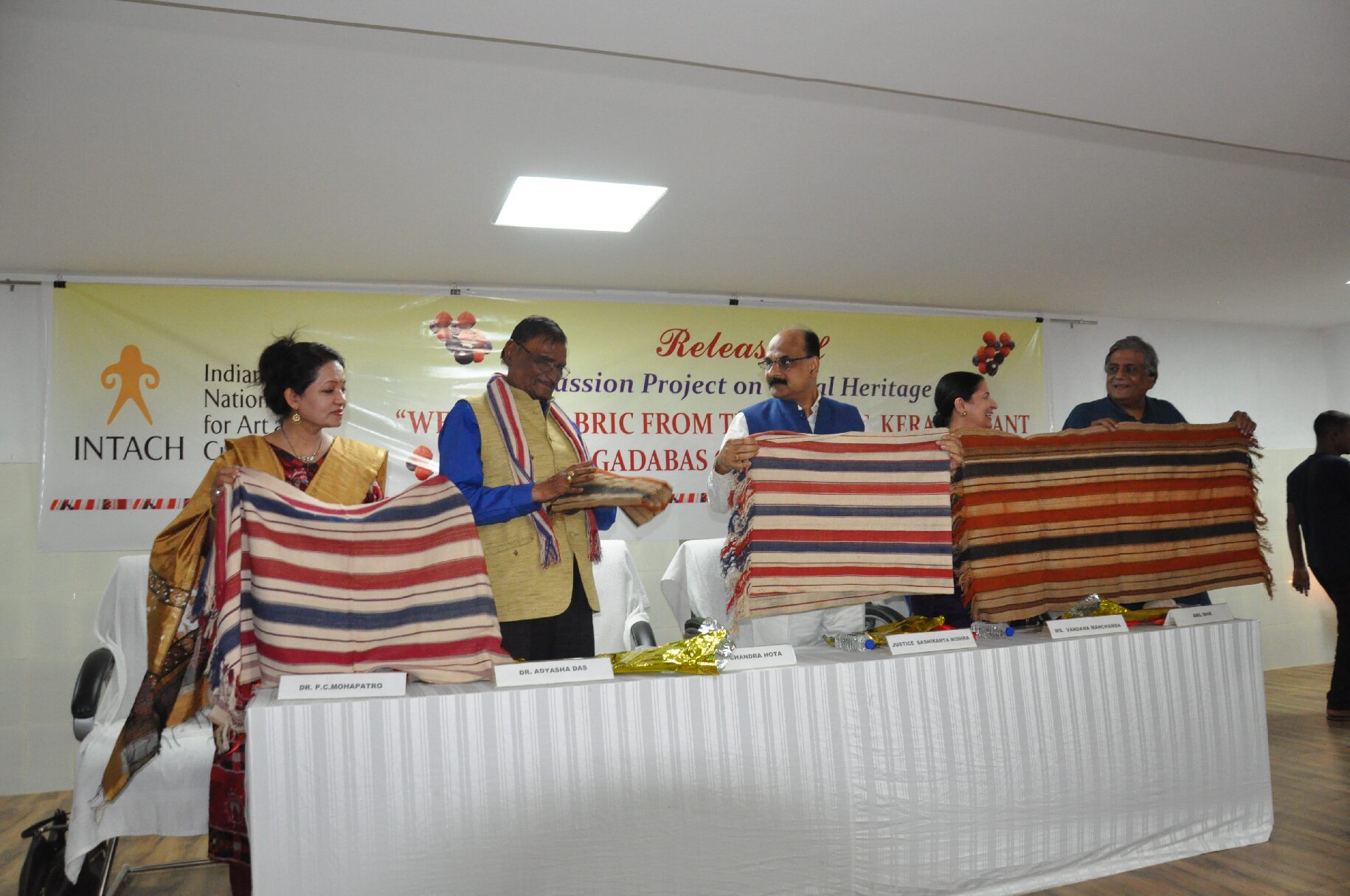The Union Minister for Environment, Forest and Climate Change, Shri Prakash Javadekar today released the biennial “India State of Forest Report (ISFR)”, in New Delhi. The report is published by the Forest Survey of India (FSI) which has been mandated to assess the forest and tree resources of the country including wall-to-wall forest cover mapping in a biennial cycle. Starting 1987, 16 assessment have been completed so far. ISFR 2019 is the 16th report in the series.
Announcing the results the Union Minister said that India is among few countries in the world where forest cover is consistently increasing. Shri Javadekar told that in the present assessment, the total forest and tree cover of the country is 80.73 million hectare which is 24.56 percent of the geographical area of the country.The Environment Minister further said that as compared to the assessment of 2017, there is an increase of 5,188 sq. km in the total forest and tree cover of the country. “Out of this, the increase in the forest cover has been observed as 3,976 sq km and that in tree cover is 1,212 sq. km; Range increase in forest cover has been observed in open forest followed by very dense forest and moderately dense forest and the top three states showing increase in forest cover are Karnataka (1,025 sq. km) followed by Andhra Pradesh (990 sq km) and Kerala (823 sq km).”, said the Minister.
Some Major Findings
Area-wise Madhya Pradesh has the largest forest cover in the country followed by Arunachal Pradesh, Chhattisgarh, Odisha and Maharashtra. In terms of forest cover as percentage of total geographical area, the top five States are Mizoram (85.41%), Arunachal Pradesh (79.63%), Meghalaya (76.33%), Manipur (75.46%) and Nagaland (75.31%).

The Mangrove ecosystems are unique & rich in biodiversity and they provide numerous ecological services. Mangrove cover has been separately reported in the ISFR 2019 and the total mangrove cover in the country is 4,975 sq km. An increase of 54 sq Km in mangrove cover has been observed as compared to the previous assessment of 2017. Top three states showing mangrove cover increase are Gujarat (37 sq km) followed by Maharashtra (16 sq km) and Odisha (8 sq km).

The total growing stock of India’s forest and TOF is estimated 5,915.76 million cum of which 4,273.47 million cum is inside the forests and 1,642.29 million cum outside. There is an increase of 93.38 million cum of total growing stock, as compared to the previous assessment. Out of this the increase in growing stock, there is an increase of 55.08 million cum inside the forests and 38.30 million cum outside the forest areas.
The extent of bamboo bearing area of the country has been estimated 16.00 million hectare. There is an increase of 0.32 million hectare in bamboo bearing area as compared to the last assessment of ISFR 2017. The total estimated green weight of bamboo culms is 278 million tonnes, slowly an increase of 88 million tonnes as compared to ISFR 2017.
Under the current assessment the total carbon stock in country’s forest is estimated 7,124.6 million tonnes and there an increase of 42.6 million tonnes in the carbon stock of country as compared to the last assessment of 2017. The annual increase in the carbon stock is 21.3 million tonnes, which is 78.2 million tonnes CO2 eq.
Wetlands within forest areas form important ecosystems and add richness to the biodiversity in forest areas, both of faunal and floral species. Due to importance of wetlands, FSI has carried out an exercise at the national level to identify wetlands of more than 1 ha within RFA. There are 62,466 wetlands covering 3.8% of the area within the RFA/GW of the country.
METHODOLOGY
ISFR 2019 is the 16th report in the series. In tune with the Government of India’s vision of Digital India, FSI’s assessment is largely based on digital data whether it is satellite data, vector boundaries of districts or data processing of field measurements.
The report provides information on forest cover, tree cover, mangrove cover, growing stock inside and outside the forest areas, carbon stock in India’s forests, Forest Types and Biodiversity, Forest Fire monitoring and forest cover in different slopes & altitudes. Special thematic information on forest cover such as hill, tribal districts, and north eastern region has also been given separately in the report.
The biennial assessment of forest cover of the country using mid-resolution Satellite data is based on interpretation of LISS-III data from Indian Remote Sensing satellite data (Resourcesat-II) with a spatial resolution of 23.5 meters with the scale of interpretation 1:50,000 to monitor forest cover and forest cover changes at District, State and National level. This information provides inputs for various global level inventories, reports such as GHG Inventory, Growing Stock, Carbon Stock, Forest Reference Level (FRL) and international reporting to UNFCCC, targets under CCD, Global Forest Resource Assessment (GFRA) done by FAO for planning and scientific management of forests.
Satellite data for the entire country was procured from NRSC for the period October, 2017 – February, 2018. The satellite data interpretation is followed by rigorous ground truthing. Information from other collateral sources are also used to improve the accuracy of the interpreted image.
For the first time, Ortho-rectified satellite data has been used for forest cover mapping due to its better positional accuracy as it removes effects of image perspective (tilt) and relief (terrain) and scale distortions in the image to represent features in its true positions for accurate measurement of distances, angels and areas.
FSI, in a first ever attempt has carried out a rapid assessment of biodiversity for all the States and UTs (except two) and for all the sixteen Forest Type Groups as per Champion & Seth Classification (1968). Apart from the number of tree, shrub and herb species as observed in the survey, Shanon Wienner Index which gives species richness along with the relative abundance, has also been calculated for each forest type groups in each State & UT.
FSI has carried out mapping of forest types of India as per the Champion & Seth Classification (1968), for the first time in the year 2011 based on the base line forest cover data of 2005. A new exercise for refining and updating the forest type maps as per the latest baseline forest cover was initiated in the year 2016 and has been completed in 2019.







































